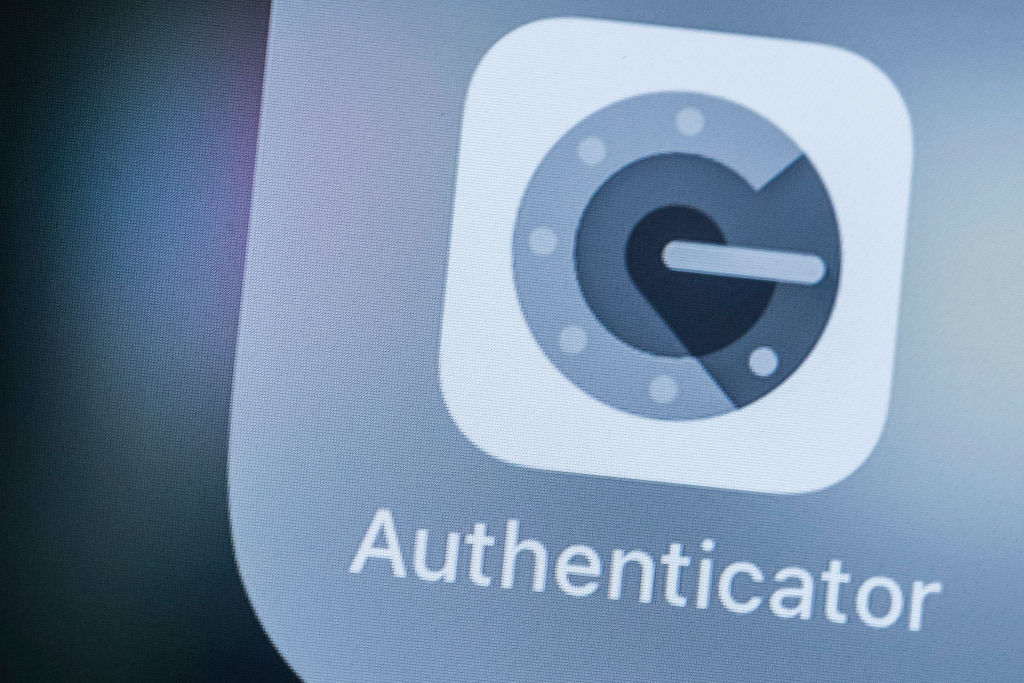FBI partners with 'Have I Been Pwned' on breached password database
The service, which lets you check if your details have been compromised, has also been converted to open source through the .NET foundation


Have I Been Pwned (HIBP), a website that allows users to check if their email addresses and passwords have been compromised, is collaborating with the FBI on feeding masses of data on compromised credentials into the wider HIBP catalogue.
The US law enforcement agency approached HIBP, according to its founder Troy Hunt, to discuss what it might look like to build channels to provide the FBIs intelligence on compromised passwords.
Four quick tips to create an unbreakable password The top 12 password-cracking techniques used by hackers The best passwords are the ones you can't remember
This would vastly expand the database, and surface more compromised credentials with the Pwned Passwords search tool, giving more users information on whether they need to change their credentials.
"Their goal here is perfectly aligned with mine and, I dare say, with the goals of most people reading this: to protect people from account takeovers by proactively warning them when their password has been compromised," Hunt said in his blog.
"Feeding these passwords into HIBP gives the FBI the opportunity to do this almost 1 billion times every month. It's good leverage."
The FBI will provide its passwords in SHA-1 and NTLM hash pairs, which aligns perfectly with HIBP's current storage arrangements. These will be fed into the system as they're made available, with the volume fluctuating depending on the nature of the investigations they're involved in at any one time.
The key to this collaboration is ensuring there's an established ingestion route through which the data can flow and be made available to users, at pace. Critical to this endeavour is Hunt's plans to make HIBP open source, which have now been achieved.
Sign up today and you will receive a free copy of our Future Focus 2025 report - the leading guidance on AI, cybersecurity and other IT challenges as per 700+ senior executives
Work to convert the HIBP code base into open source, which began in August last year, became necessary after the scale and nature of the service made it difficult to manage it as a one-man project. This is especially true given Hunt has recently taken up a position at Microsoft as its regional director and MVP.
Hunt revealed in June 2019 that he was looking for a buyer for service, with the researcher struggling to cope with an explosion in the number of data breaches at the time.
"What I didn't know is how non-trivial it would be for all sorts of reasons you can imagine and a whole heap of others that aren't immediately obvious," he explained. "One of the key reasons is that there's a heap of effort involved in picking something up that's run as a one-person pet project for years and moving it into the public domain.
RELATED RESOURCE

Don’t just educate: Create cyber-safe behaviour
Designing effective security awareness and training programmes
"I had no idea how to manage an open source project, establish the licencing model, coordinate where the community invests effort, take contributions, redesign the release process and all sorts of other things I'm sure I haven't even thought of yet."
To manage the open source transition, Hunt turned to the .NET Foundation, with its executive director Claire Novotny integral to the transition. Pwned Passwords, he added, is a perfect fit for the .NET Foundation model because of its reliance on the Microsoft technology stack.
For instance, it's a simple codebase consisting of Azure Storage, a single Azure Function and a Cloudflare worker. It also has its own domain, Cloudflare account, and Azure services, so can be picked up and open sourced independently of the rest of HIBP.
The nature of the search tool also means it's non-commercial, while the data that drives Pwned Passwords is already freely available in the public domain.
In order to fully realise the partnership with the FBI, Hunt claims that HIBP needs help from coders to establish that channel through which password data can be fed at pace and at volume. He's established two GitHub repositories to this end, with developers free to get involved and contribute to the system.

Keumars Afifi-Sabet is a writer and editor that specialises in public sector, cyber security, and cloud computing. He first joined ITPro as a staff writer in April 2018 and eventually became its Features Editor. Although a regular contributor to other tech sites in the past, these days you will find Keumars on LiveScience, where he runs its Technology section.
-
 Trump's AI executive order could leave US in a 'regulatory vacuum'
Trump's AI executive order could leave US in a 'regulatory vacuum'News Citing a "patchwork of 50 different regulatory regimes" and "ideological bias", President Trump wants rules to be set at a federal level
-
 TPUs: Google's home advantage
TPUs: Google's home advantageITPro Podcast How does TPU v7 stack up against Nvidia's latest chips – and can Google scale AI using only its own supply?
-
 Microsoft Authenticator mandates number matching to counter MFA fatigue attacks
Microsoft Authenticator mandates number matching to counter MFA fatigue attacksNews The added layer of complexity aims to keep social engineering at bay
-
 As Google launches passwordless authentication for all, what are the business benefits of passkeys?
As Google launches passwordless authentication for all, what are the business benefits of passkeys?News Google follows Apple in its latest shift to passwordless authentication, but what are the benefits?
-
 There's only one way to avoid credential stuffing attacks
There's only one way to avoid credential stuffing attacksOpinion PayPal accounts were breached last year due to a credential stuffing attack, but can PayPal avoid taking responsibility?
-
 Google Authenticator 2FA update accused of making service less secure
Google Authenticator 2FA update accused of making service less secureNews Lack of end-to-end encryption in code backup has some developers worried
-
 Five things to consider before choosing an MFA solution
Five things to consider before choosing an MFA solutionIn-depth Because we all should move on from using “password” as a password
-
 What is multi-factor authentication (MFA) fatigue and how do you defend against attacks?
What is multi-factor authentication (MFA) fatigue and how do you defend against attacks?In-depth Strong authentication is key to security, but it needs to be properly managed to avoid MFA fatigue
-
 Beyond Identity strikes up strategic partnership with World Wide Technology
Beyond Identity strikes up strategic partnership with World Wide TechnologyNews WWT will implement Beyond Identity’s authentication platform internally while also acting as a global channel partner
-
 Implementing strong authentication across your business
Implementing strong authentication across your businessIn-depth Strong authentication is hugely important, but implementing any regime at scale is not without its challenges